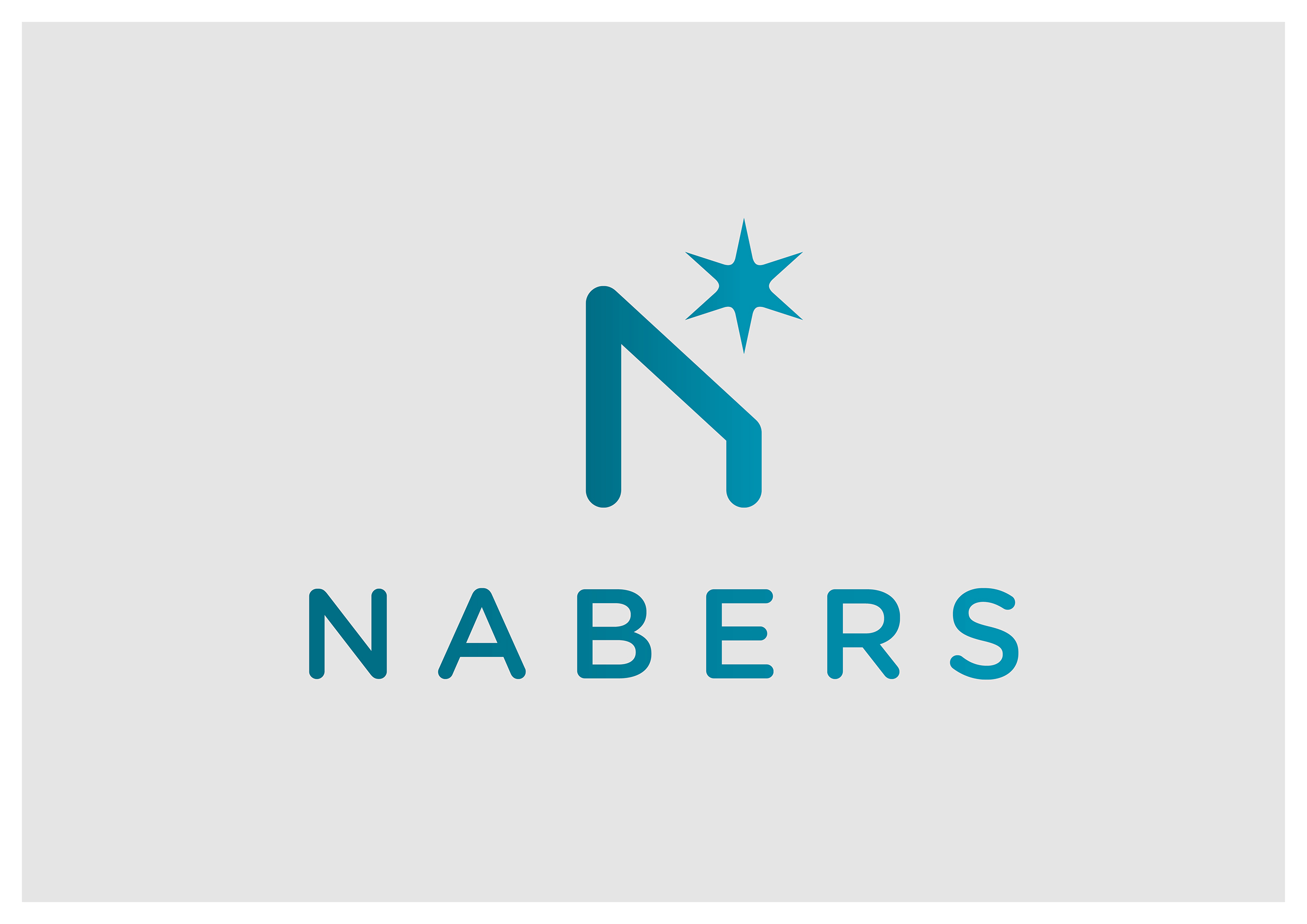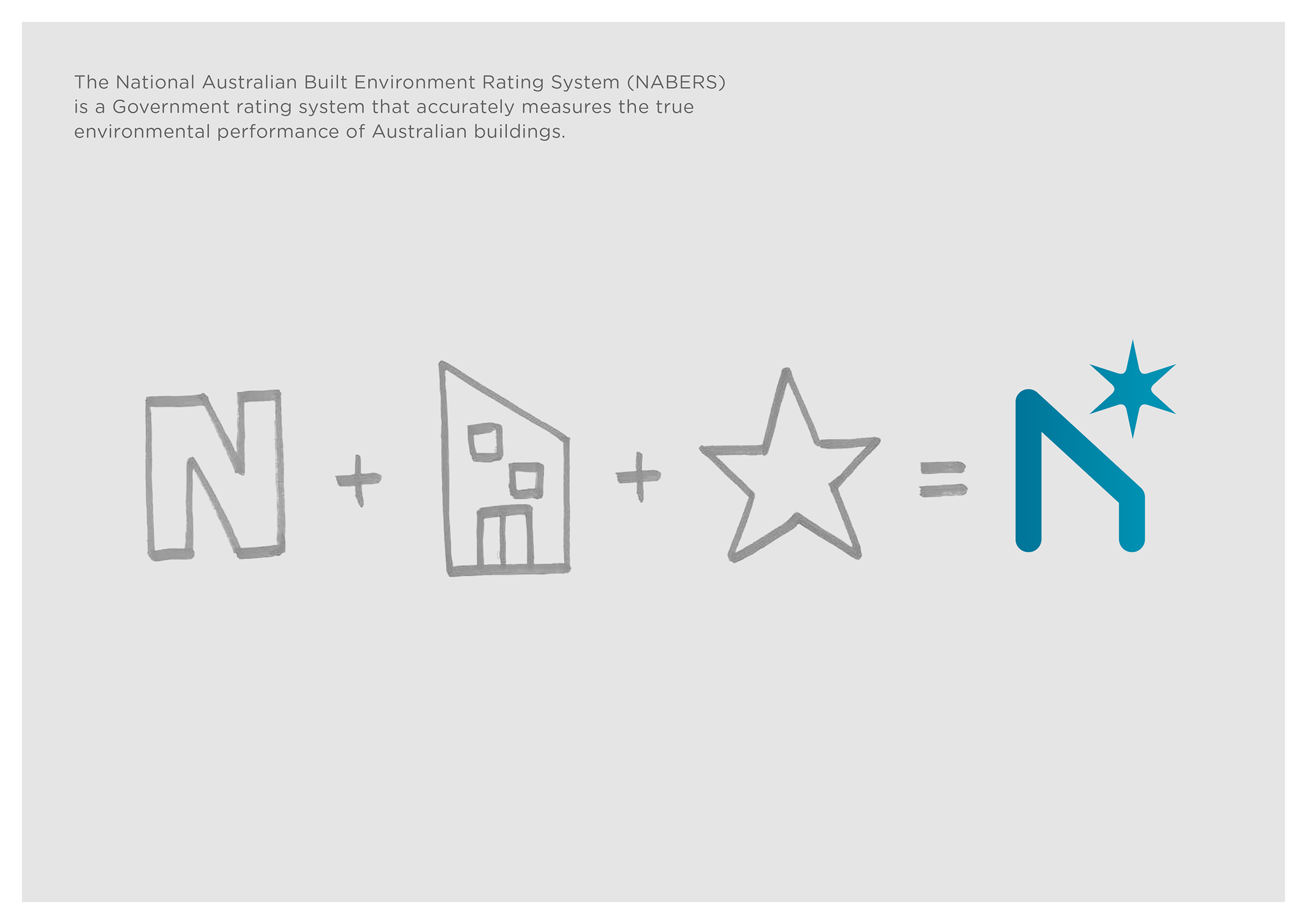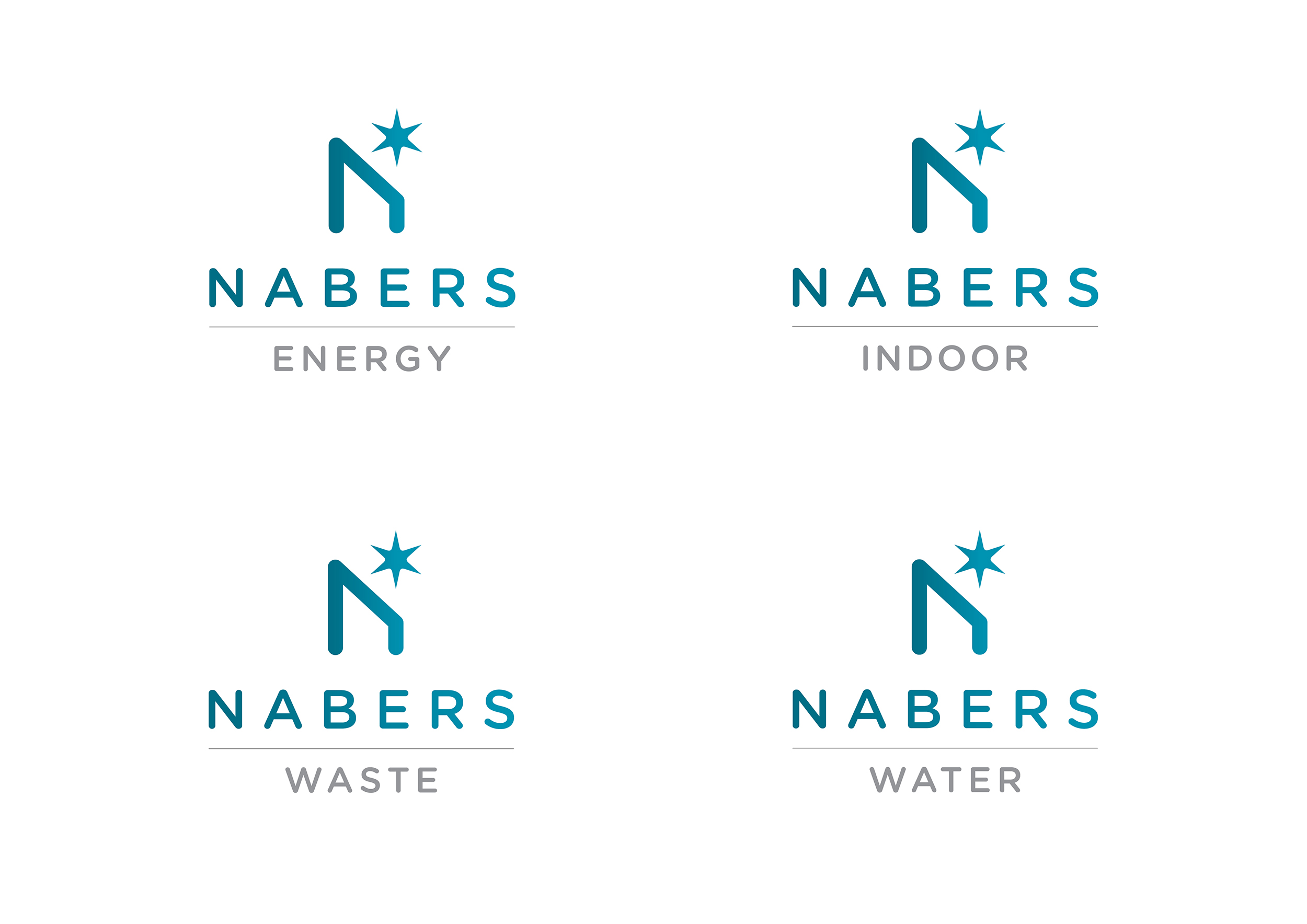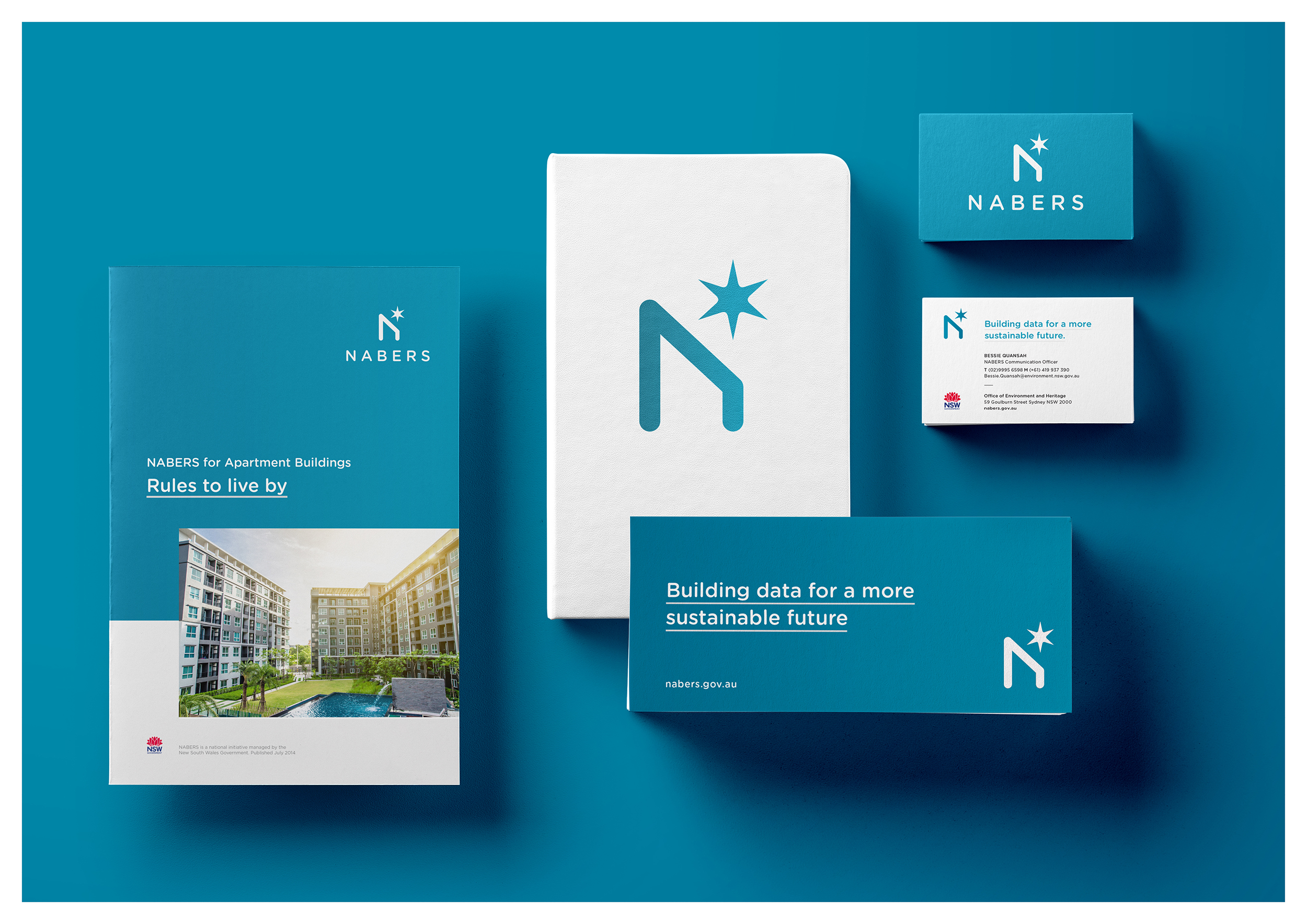Key Dates








Image Credit :

Project Commissioner
NSW Office of Environment and Heritage
Project Creator
Project Overview
The National Australian Built Environment Rating System (NABERS) is a Government rating system that accurately measures the true environmental performance of our commercial and residential buildings. NABERS wanted to leverage their 20 year anniversary to update their brand and expand their star rating program. Designer Rice partnered with the NSW Office of Environment and Heritage to undertake the comprehensive rebrand.
Team
Brent Rice, Strategy / Creative Alastair Johnston, Art Director Libby Cunniffe, Designer Camille Hogan, Account Manager
Project Brief
The built environment uses 40% of the worlds energy, emit 40% of worlds carbon footprint, use 20% of the worlds drinking water and generate 40% of our waste. NABERS is a rating system that analyses data to accurately measure the performance and impact of a building. Property development and property management companies apply for NABERS ratings to demonstrate the environmental credentials of their buildings.
However, the program itself was complex, the brand was not effectively positioned or well-articulated, the visual identity was dated, and the star rating logos were not being used to promote good performance. A comprehensive rebrand was required to position the brand for growth and better engage the commercial sector.
Project Innovation/Need
We led a brand development programme including client workshops and qualitative research. ‘Northstar’ became the unifying brand idea, with the tagline ‘Building data for a more sustainable future’. Their ambition is to Inspire economies to reward higher environmental performance through benchmarks. A refined and contemporary logo was designed to work perfectly across multiple sizes and channels, with a comprehensive suite of star rating systems, logos and icon illustrations. We then designed the brand assets including templates, stationery, website, signage and more. This traditionally complex rating system now has progressive brand fitting of the innovative, sustainable design they advocate for.
Design Challenge
NABERS was 20-year-old program with a dated brand identity, and a communication style that one customer described as ‘very government’. The NABERS brand had broad awareness, but lacked deeper engagement. There was little visual style or consistency across communication, and the brand did not compel companies to showcase their ratings.
Property development and management is a progressive industry that values innovative, sustainable design. The key challenge was to inspire this audience to align with the NABERS brand, and proudly display their NABERS ratings to owners, tenants and visitors.
The final identity solution was clean, corporate and contemporary – with a focus on clear and simple key messages. The goal was to create a brand that represented the program, but could work well alongside the corporate brands they serve.
Effectiveness
The new brand played a critical role in a broader expansion plan for NABERS. Since brand launch:
• There has been a record uptake in shopping centre certification (148 in a year);
• A 32% increase in NABERS Indoor Environment ratings (65 buildings);
• A Carbon Neutral Building certification was launched;
• The Public Hospitals rating launch was the most successful ever (274 in year one); and
• NABERS certification for Apartment Buildings was launched.
Since 1998, NABERS have helped Australian buildings save more than $790 million in energy and water bills, and avoid over 5.4mil tonnes of CO2 from being released into the atmosphere.
Graphic Design - Identity and Branding - Community
This award celebrates creative and innovative design in the traditional or digital visual representation of ideas and messages. Consideration given to clarity of communication and the matching information style to audience.
More Details

